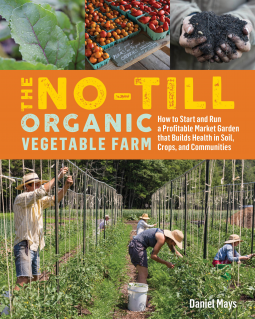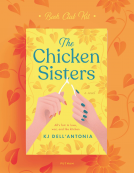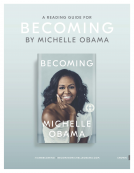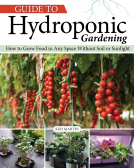
The No-Till Organic Vegetable Farm
How to Start and Run a Profitable Market Garden That Builds Health in Soil, Crops, and Communities
by Daniel Mays
This title was previously available on NetGalley and is now archived.
Send NetGalley books directly to your Kindle or Kindle app
1
To read on a Kindle or Kindle app, please add kindle@netgalley.com as an approved email address to receive files in your Amazon account. Click here for step-by-step instructions.
2
Also find your Kindle email address within your Amazon account, and enter it here.
Pub Date Nov 10 2020 | Archive Date Nov 10 2020
Storey Publishing | Storey Publishing, LLC
Talking about this book? Use #TheNoTillOrganicVegetableFarm #NetGalley. More hashtag tips!
Description
Available Editions
| EDITION | Other Format |
| ISBN | 9781635861891 |
| PRICE | $24.95 (USD) |
| PAGES | 240 |
Average rating from 18 members
Readers who liked this book also liked:
Silvia Moreno-Garcia
Historical Fiction, Literary Fiction, Sci Fi & Fantasy
Rachel Joyce
Historical Fiction, Literary Fiction, Women's Fiction
Publishers Lunch
General Fiction (Adult), Nonfiction (Adult), Teens & YA
Brian Soonho Yoon
Children's Nonfiction, Crafts & Hobbies
Rebecca Sharpe; Spencer Quinn; Rob Phillips; Matt Goldman; Jenny Elder Moke; Daisy Pearce
Mystery & Thrillers
Sam Morrison
Children's Nonfiction, Crafts & Hobbies, Outdoors & Nature


















